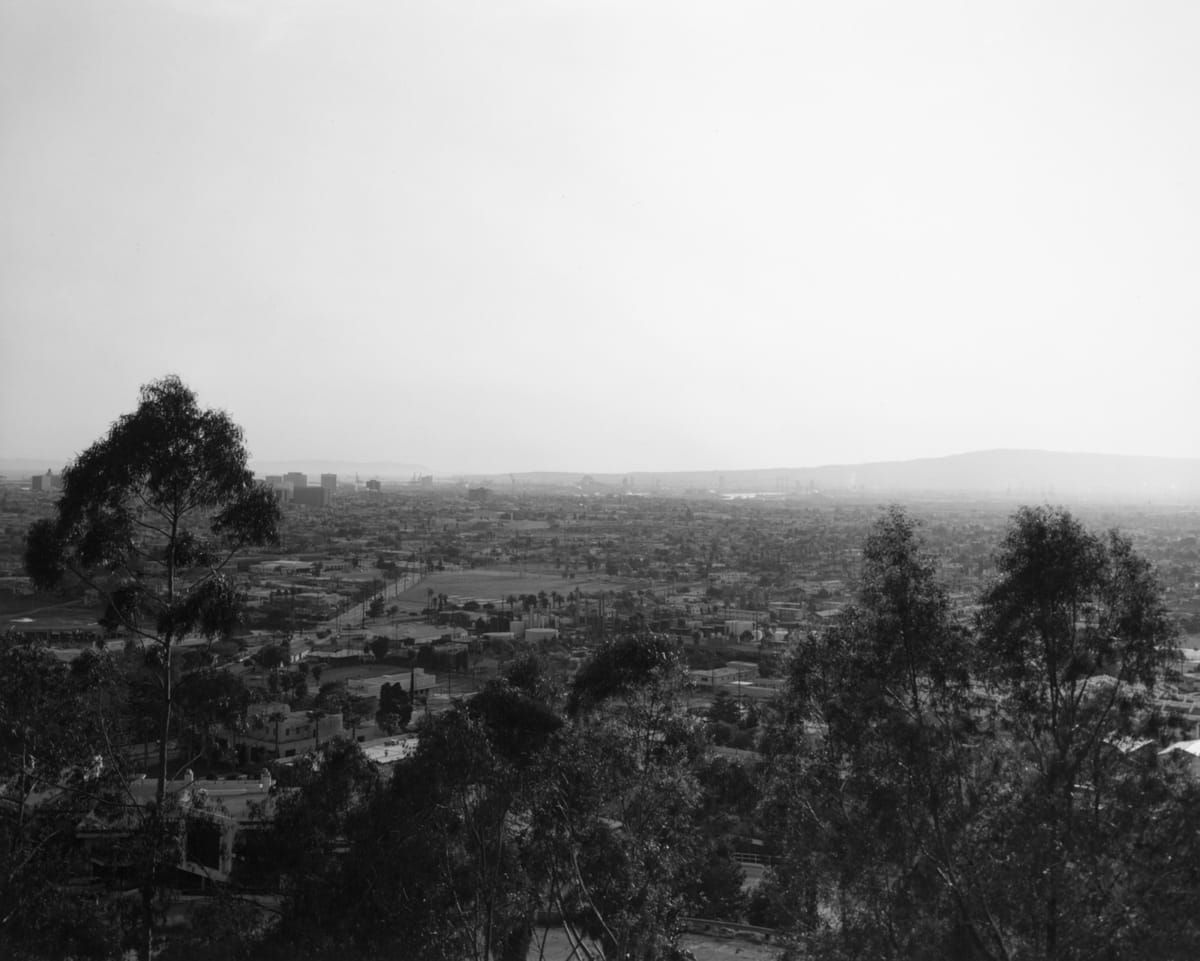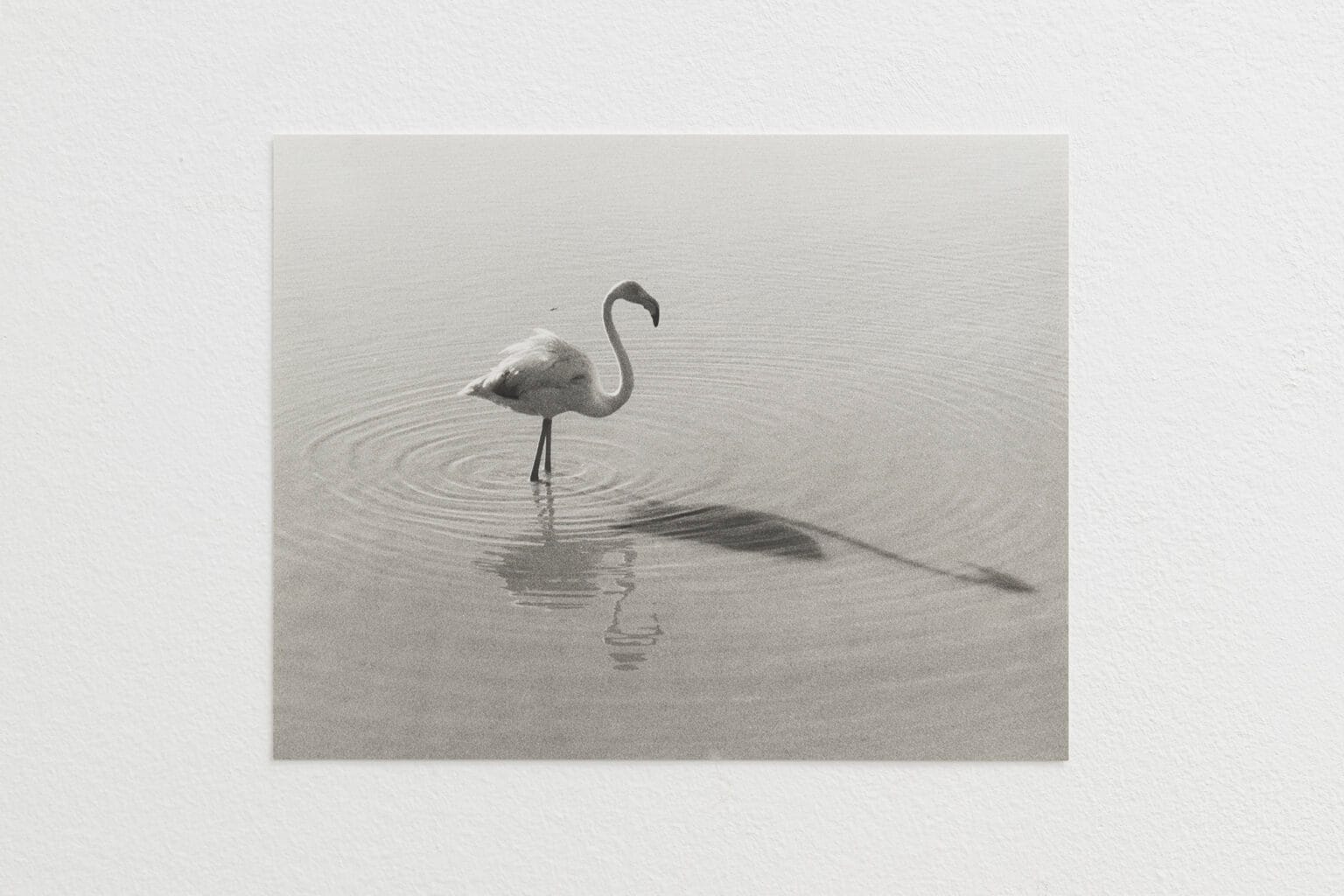Frame by Frame
Benjamin Swett’s meditations on a life lived through photography

Hi everyone,
More than a year ago, I wrote about how new technologies, like our most-used apps, can be used as tools for accessing and reflecting upon our experiences, emotions, and memories. Photography is itself one such technology, disclosing things about ourselves and our environments that we would not otherwise notice. This week, I return to the subject of photography with some notes on The Picture Not Taken (buy in the US or Canada), a new book by writer and photographer Benjamin Swett.
The world is abundant,
Brian
🔗️ Good links
- 🏢👀 Buildings that caught my eye: a handsome prefab Hamburg office building covered in green ceramic tiles, by LH Architekten; a small social-housing complex in Paris, by NZI Architectes; a sober Cemevi and cultural center in Istanbul, by 9016; a rammed-earth museum building on the edge of La Paz, Bolivia
- 🔊🌿 In LA? On Sunday, my friend Michael Ned Holte holds a listening party for his new book about Pauline Oliveros in the artist David Horvitz’s garden (designed by FM interviewee Terremoto)
- 🤱🏻🏢 A brief essay on lactation rooms, “one of the few, if only, spaces designed for women, with design input largely by women”
- 🌿🚣🏻♀️ Related to our recent piece about Carol Ross Barney, designer of Chicago’s Riverwalk, the second phase of the “Wild Mile” has opened along another part of the river
- 🛰️🛰️ A live view of the 5,000+ Starlink satellites currently orbiting Earth
- 🛜🚫 Early this year, I worried aloud about increasing cyberattacks on libraries; two weeks ago, the Calgary library system suffered an attack
- ▲🏛️ From the Library of Congress, an early I.M. Pei sketch of his pyramidal entrance to the Louvre
Frame by Frame

“The camera sees more than the photographer.” This line, early in Benjamin Swett’s new book, distills a certain truth. Someone taking a picture is usually focused on a particular element within the frame, but the camera dutifully, mechanically, records both that subject and everything else in the scene. Yet by the end of the essay collection, Swett, who is himself a photographer and writer, has shown by example that we can catch up. Studying pictures, whether they are artful or pedestrian, can disclose to us all that the camera saw. And by stitching those details into the stories that shape our world, we both gain new insights and give the pictures new meanings.
The book’s eight essays explore people, places, and important moments in the past. There is Coney Island and Robert Moses’s urban redevelopment; Baltimore at midcentury, a site of both individual and systemic racism; climate change and biodiversity on the Galápagos Islands; and Henry David Thoreau, Shaker buildings, and industrial meatpacking in Chicago.
Throughout the book, Swett also weaves a family story, one of generational legacies. There is his great-great grandfather, the treasurer of one of late-nineteenth-century Chicago’s most powerful companies, and his grandmother, who stewards the baby grand piano she inherited from him. Swett also writes movingly and perceptively about his father and his three children.
These landscapes and lives are framed by photography—both pictures and the act of taking them. Why? “Because a photograph, when it is taken, represents a moment of intense and sudden love and insight for something visible in the world—for the world itself, or for life, or for one’s own self; a moment of connection that momentarily dissolves the barriers between the photographer and the things around him, outside him.” Swett reiterates this conviction, with variations, throughout the book.
The opening essay, titled “VR,” is something of a red herring. Instead, his photographic world is resolutely analog—film, contact sheets, mechanical shutters. His references are primarily to photographers of the middle and late twentieth century: Lee Friedlander and Henri Cartier-Bresson, Stephen Shore and Sally Mann. Likewise, though the book includes reproductions, none of these figures’ photographs appear. For it’s not a book of photographic criticism, but rather of what are sometimes called familiar essays. It puts me in mind of figures like Sven Birkerts, who has previously published Swett’s writing, and Emily Fox Gordon. It’s the Janet Malcolm of the late memoir Still Pictures rather than the Malcolm of Diana & Nikon.
As with Still Pictures, much of the pleasure in The Picture Not Taken is in watching Swett recalibrate his feelings about himself and the people he loves. The writing performs this recalibration; it’s flecked with pauses, extra clauses, light modifications of what’s just come before. Swett’s ruminative, leisurely examinations occasionally condense into poetry: the “wild splays of light” that come through windows or “the independent way the sun works in the world.” (Of course the photographer is so attuned to light.)
But a few times in the book, a sentence unspools across nearly an entire page. In the final essay, describing a moment when, perhaps out of the corner of your eye, you see a picture in the world around you, he writes: “it is as if for that moment a hole is cut in your egoism and you can peer through at a much larger reality on the other side, a reality that you don’t normally notice or acknowledge while picking your way through traffic.” I’ve ended it there, but Swett continues the line almost deliriously, taking in many small splendors.
That sentence is in the essay from which the book gets its title, the longest in the collection. In it, Swett exposes perhaps the most painful moment in his life, juxtaposing it tenderly with stories of his ancestors, of literature, of industrialism and the Great Migration and white flight, and of his shifting relationship to the people and the artistic practice he loves. On one snowy day he finds himself exploring half-abandoned infrastructure on Chicago’s south side, camera in hand. He’s waiting for a picture to emerge, and while he does so, “the vast everything that happens happened.”





